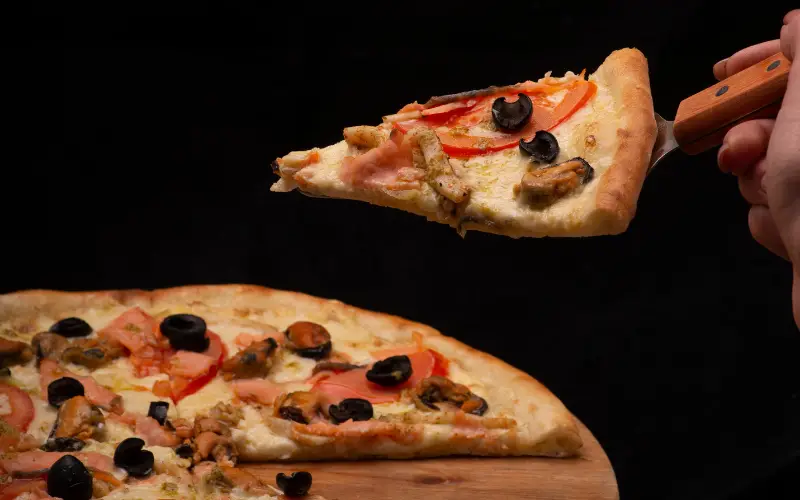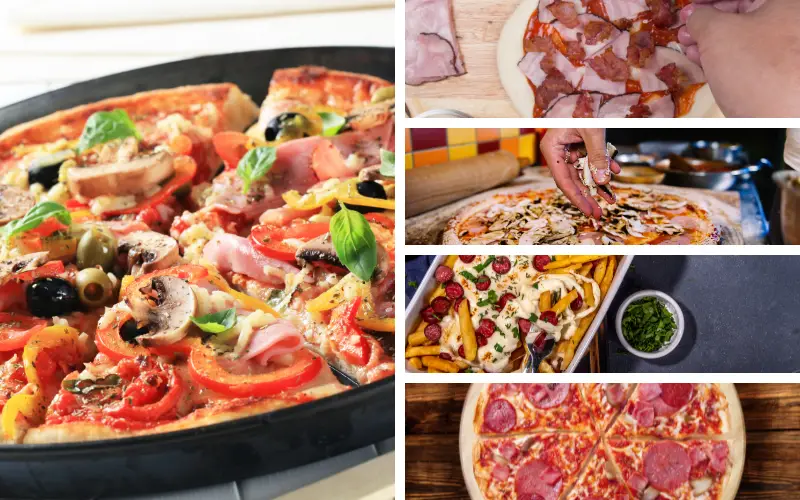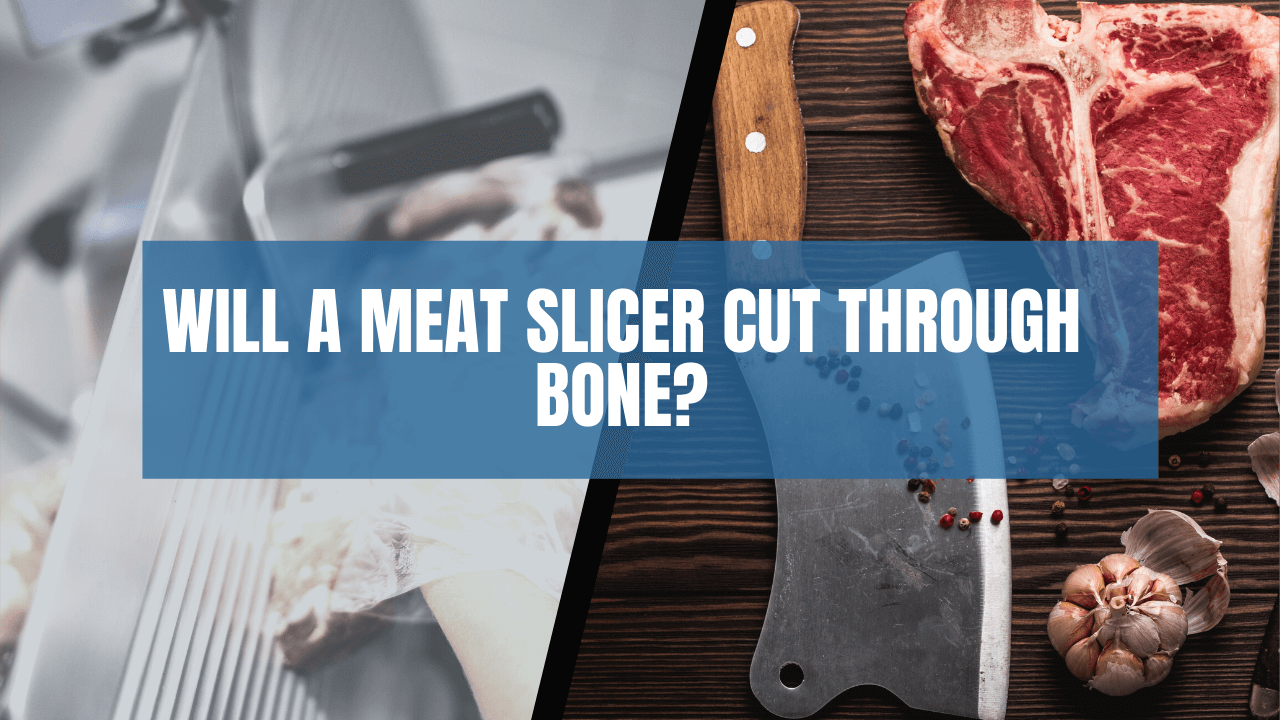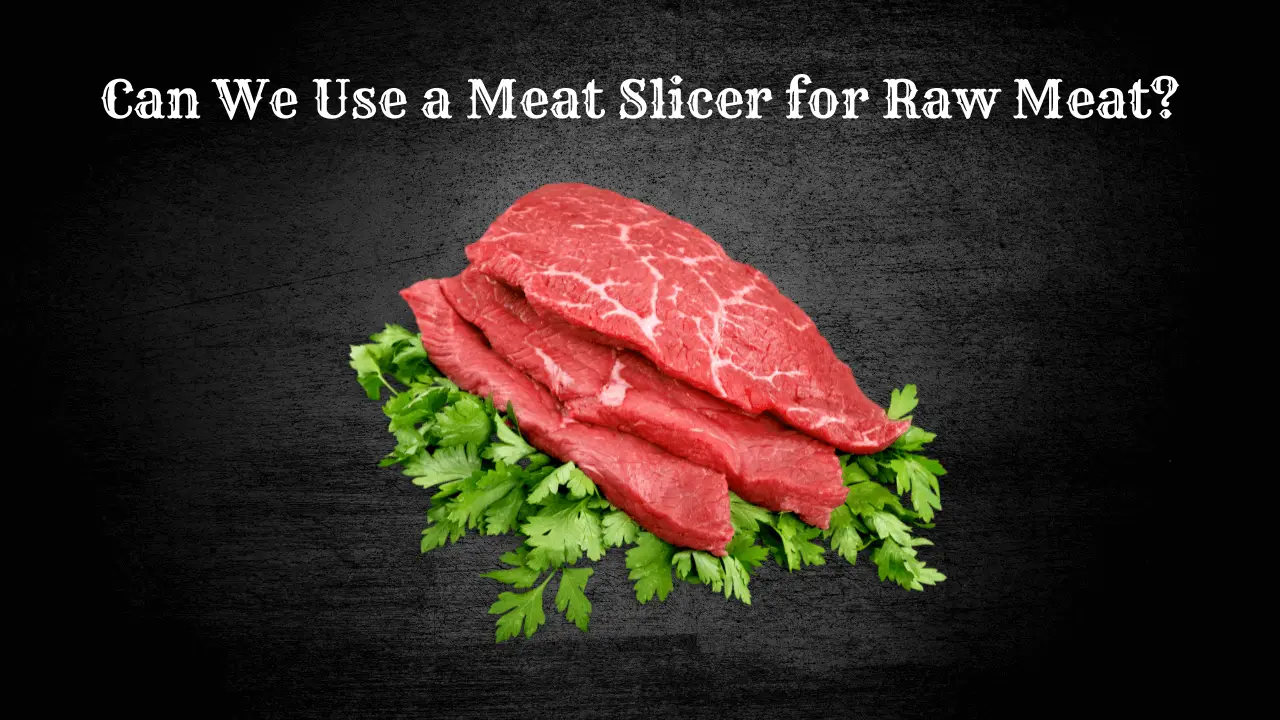Direct answer:
The number of calories in a slice of pizza can greatly vary depending on size, crust type, toppings, and brand. However, on average, a typical slice of pizza contains about 285 calories.
The caloric content of a slice of pizza can greatly vary depending on its size, the thickness of the crust, and the types and quantities of toppings used. Generally, a slice from a medium, thin-crust cheese pizza averages around 200 calories, while a slice from a thick-crust pizza loaded with various toppings can easily exceed 300 calories. Fast food chains and restaurants may also have nutritional information available, allowing for more precise calorie counting. However, homemade pizza can be tailored to individual dietary needs, balancing taste with health considerations.
How Many Calories in A Slice Of Pizza?

A typical slice of thin-crust pepperoni pizza contains approximately 260-280 calories, while a meat lovers’ pizza may go up to around 577 calories. Remember, the calorie content can fluctuate based on the thickness of the crust, the type of cheese, and the number of toppings.
Calories In Pizza Slice By Topping:

Different toppings come with different calorie counts. It’s not just about the flavor when you choose your toppings – it’s also about the energy you’re about to consume. Here’s a general guide to some popular pizza toppings:
- Anchovies: Anchovies add a distinctive flavor to pizzas and contain approximately 42 calories per ounce. Adding them to your pizza slice will give you an extra burst of protein, but remember, they are also high in sodium.
- Bacon: An ounce of bacon on your pizza can add around 42 calories. Bacon is loved for its crispy texture and smoky flavor, but it’s high in fat and should be used sparingly.
- Mushrooms: are a relatively low-calorie topping choice, adding only about 15 calories per ounce to your pizza. Mushrooms are also packed with nutrients, making them a healthy choice.
- Beef: Beef is a heavier topping with approximately 70 calories per ounce. It can add a meaty flavor to your pizza but also significantly increases its calorie content.
- BBQ Chicken: With about 56 calories per ounce, BBQ chicken is a protein-rich topping. It pairs well with various veggies and can make a delicious and balanced pizza.
- Pepperoni: One of the most popular pizza toppings, pepperoni adds approximately 130 calories per ounce. It’s a flavorful choice, but high in saturated fat.
- Salami: Salami adds around 119 calories per ounce to your pizza slice. It’s another favorite, but like pepperoni, it’s high in fat.
- Sausage: Sausage is a rich topping, adding about 92 calories per ounce. It provides a hearty flavor but also adds substantial calories and fat.
Remember that these figures can vary depending on the exact type and amount of each topping, but it gives you a rough estimate of what to expect.
Calories In A Pizza Slice By Brand:
The caloric content of a pizza slice can differ vastly depending on the brand due to differences in ingredients, preparation, and serving sizes. Here are estimates for some popular pizza chains:
- Pizza Hut: A slice of Pizza Hut’s medium hand-tossed cheese pizza contains around 220 calories, while a pepperoni slice goes up to about 240 calories.
- Domino’s: A slice from a Domino’s medium hand-tossed cheese pizza has approximately 210 calories. If you opt for a pepperoni slice, you’re looking at around 215 calories.
- Papa John’s: Papa John’s medium original crust cheese pizza contains about 210 calories per slice, whereas a slice of pepperoni pizza contains approximately 230 calories.
- Little Caesars: A slice of Little Caesars’ classic cheese pizza contains around 250 calories. If you go for a pepperoni slice, the calorie count jumps to about 280.
These are approximate figures for a medium-sized pizza, typically cut into eight slices. Remember that these values can vary depending on the crust style, the number of toppings, and the specific regional recipes of the brands. Always check the nutritional information provided by the brand for the most accurate detail.
Why Is Pizza High In Calories?
Flour, cheese, and various toppings add up to the calories in a pizza. Each element brings its own calorie count, making the pizza an indulgence that needs moderation.
- Flour: Pizza crust is made from flour, which is high in carbohydrates. While carbs are a necessary part of our diet, they also contribute to the calorie count. A thicker crust can particularly increase the number of calories.
- Sugar: Some amount of sugar is added to the pizza dough to help the yeast ferment. Some pizza sauces also contain added sugar, increasing the overall calorie content.
- Cheese: Cheese is an essential component of most pizzas, and it’s also high in fat. Fat is calorie-dense, meaning it packs more calories per gram compared to proteins and carbohydrates.
- Toppings: Toppings can significantly impact the calorie content of your pizza. Meats, in particular, can add a substantial number of calories due to their high protein and fat content.
- Oil: Oil is often used in the preparation of pizza dough and to cook some toppings. As fat, oil is high in calories.
While pizza can be high in calories, it can still be enjoyed as part of a balanced diet. Opting for thin crusts, less cheese, and plenty of veggie toppings can help reduce the calorie content.
Nutrition Facts Of A Typical Pizza Slice
| Nutrient | Amount |
|---|---|
| Calories | 285 |
| Fat | 10.4 grams |
| Carbohydrates | 35.6 grams |
| Protein | 12.2 grams |
| Sodium | 640 milligrams |
| Fiber | 2.5 grams |
| Sugars | 3.8 grams |
How To Make Pizza A Healthy Choice?
While pizza often gets a bad rap in health circles due to its high calorie and fat content, there are several ways you can tweak your pizza to make it a healthier choice. Here are some tips:
- Eat Smaller Portions: You don’t always have to eat a whole slice in one sitting. Try eating half a slice and save the rest for later.
- Choose a Whole Wheat or Vegetable Crust: Whole wheat crust has more fiber and nutrients compared to regular white flour. Some pizza places even offer vegetable-based crusts made from cauliflower or zucchini, which can be a great lower-carb option.
- Limit the Amount of Cheese: Cheese can contribute a significant amount of fat and calories to your pizza. Try asking for less cheese on your pizza or even consider a cheese-less pizza.
- Opt for Veggie Toppings: Instead of high-fat toppings like pepperoni or sausage, consider piling on the vegetables. Bell peppers, onions, mushrooms, spinach, and tomatoes all make for delicious and nutrient-rich toppings.
- Balance Your Meal: Pizza doesn’t have to be the only thing on your plate. Balance out your meal with a side salad or some fresh fruit to ensure you’re getting a well-rounded meal.
How Many Slices Of Pizza Should You Eat On A Diet?
The number of pizza slices you should eat while on a diet depends on several factors including the type of diet you’re following, the size and type of the pizza, and your individual calorie needs. That being said, here are a few general guidelines:
- Calorie Consideration: On average, a slice of pizza can contain between 250-400 calories. If you’re following a typical 2,000-calorie diet, one slice could represent up to 20% of your total daily calories.
- Size Matters: Remember that not all slices are created equal. A slice from a large pizza will have more calories than a slice from a small or medium pizza. Consider this when deciding how many slices to have.
- Topping Choices: Pizza with leaner toppings such as veggies or chicken will typically have fewer calories than pizza with high-fat toppings like pepperoni or extra cheese.
- Balanced Diet: Aim to include other food groups in your meal. If you’re planning on having pizza, pair it with a side salad or a serving of vegetables to keep your meal balanced.
While pizza can fit into a balanced diet, moderation is key. It’s also important to pay attention to your hunger and fullness cues and eat accordingly. If you’re still hungry after one slice, it may be better to fill up on a salad or vegetables rather than go for another slice.
FAQs
How many slices of pepperoni pizza should you eat?
A good rule of thumb is to limit your intake to one or two slices per week.
How much sugar is in a slice of pizza?
Roughly 3.6 grams of sugar per 100 grams of a regular-crust pizza.
Are 500 Calories Equal To A Slice of Pizza?
No, 500 calories are not necessarily equivalent to a slice of pizza. It depends on the toppings and size of the pizza.
Is Frozen Pizza Fewer Calories Than Fresh Pizza?
Yes, frozen pizzas contain fewer calories due to their smaller size and pre-portioned servings. However, this can vary between brands.
Should you wipe the oil off your pizza?
Yes, wiping off the oil from the pizza can help reduce the calories added by the oil. For every teaspoon of oil removed, the pizza becomes about 40 calories lighter.
Conclusion
The number of calories in a slice of pizza can vary depending on several factors, and it’s important to be mindful of portion sizes and the nutritional content of the pizza you’re consuming. While pizza can be high in fat, carbs, and sodium, it can also be a part of a healthy diet when consumed in moderation and with healthy toppings.
| Nutrient | Cheese Pizza | Vegetarian Pizza | Pepperoni Pizza |
|---|---|---|---|
| Calories | 285 | 265 | 320 |
| Fat (g) | 10.4 | 9.8 | 14.0 |
| Saturated Fat (g) | 4.8 | 4.5 | 6.0 |
| Trans Fat (g) | 0.5 | 0.3 | 0.8 |
| Cholesterol (mg) | 25 | 20 | 30 |
| Sodium (mg) | 640 | 610 | 700 |
| Carbohydrates (g) | 36.1 | 35.6 | 36.9 |
| Fiber (g) | 1.9 | 2.5 | 1.6 |
| Sugars (g) | 3.8 | 4.2 | 3.7 |
| Protein (g) | 12.2 | 12.5 | 14.0 |
These numbers represent an average and can vary based on the size of the slice, the type of crust, the amount and type of cheese, and the toppings added. Also, pizzas from different brands or restaurants may have different nutritional profiles. Always consult the nutritional information from the specific brand or restaurant for the most accurate details.
Summary:
- A slice of pizza has around 250-350 calories.
- Toppings and brands can significantly alter the calorie content.
- Pizza becomes calorie-dense due to flour, cheese, and toppings.
- Choosing healthier alternatives like whole wheat crust, vegetables, and lean proteins can make pizza a healthier choice.
- Moderation is key while consuming pizza.

Mario Batali is a renowned author, food enthusiast, and passionate chef who has dedicated his life to exploring the world of culinary arts. With a love for sharing his knowledge and experiences, Mario has become a prominent figure in the food blogging community, inspiring countless readers with his creativity and expertise.
In addition to his culinary prowess, Mario Batali is also a talented writer with a flair for engaging storytelling. He launched his own food blog to share his recipes, cooking tips, and personal experiences in the kitchen. Over time, Mario’s blog gained a loyal following of food enthusiasts who appreciate his unique approach to cooking and his dedication to using only the finest ingredients.
Mario Batali’s passion for food and his commitment to sharing his knowledge with others have made him a true inspiration in the world of culinary arts. Through his blog, cookbooks, and public appearances, Mario continues to spread his love of food and the joy of cooking with his ever-growing fanbase.







